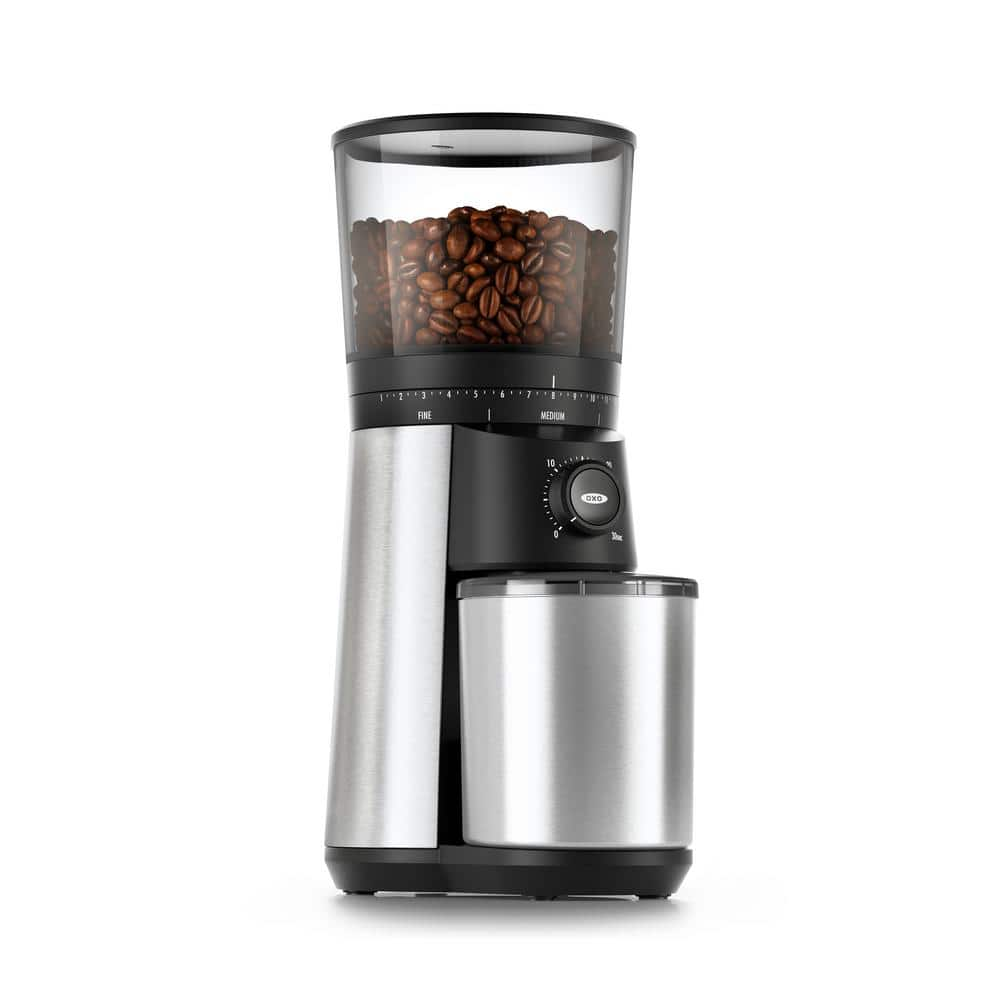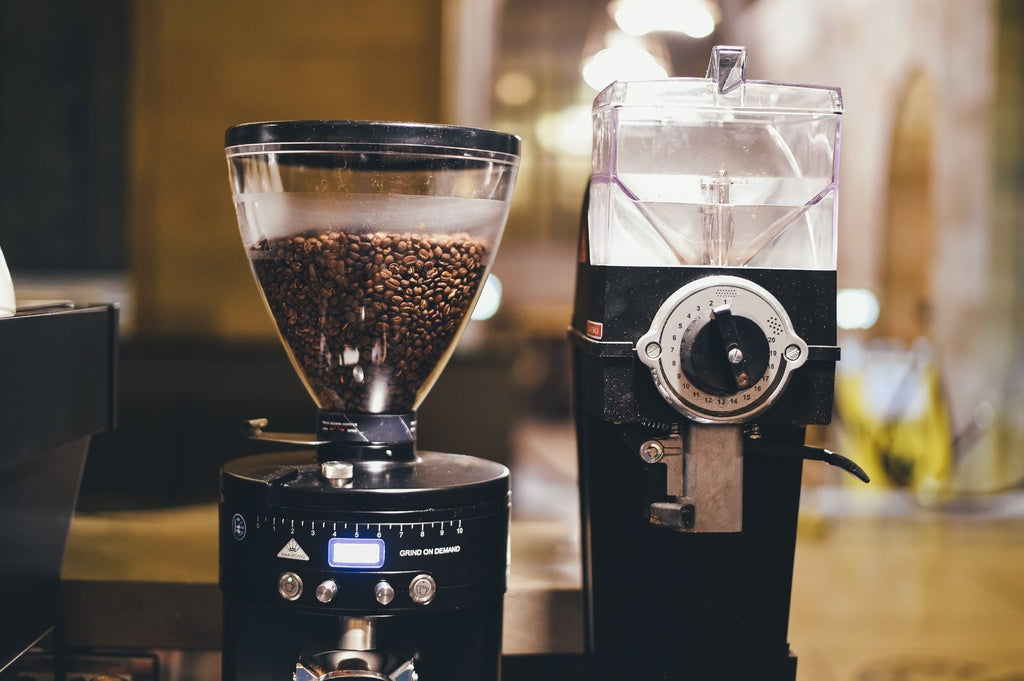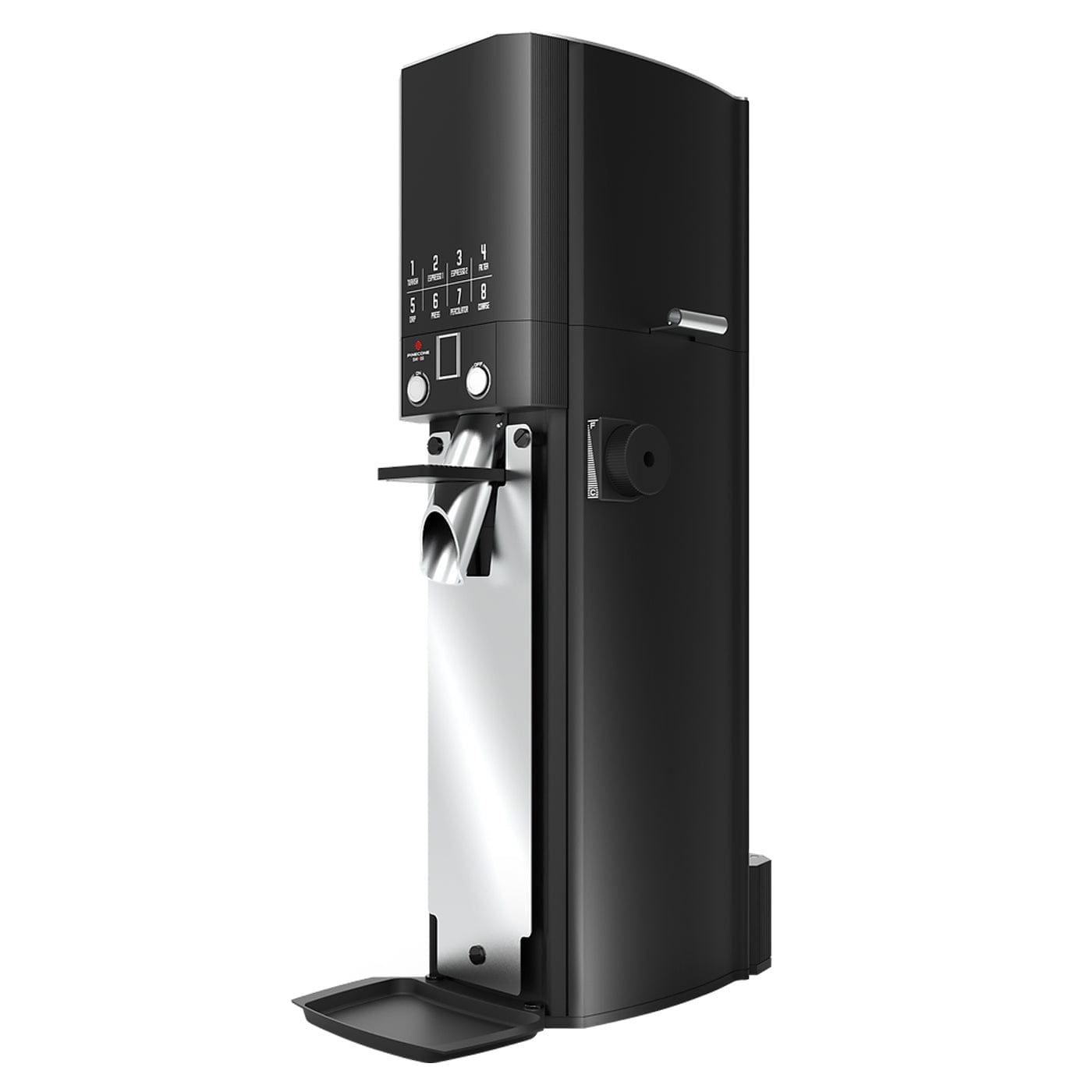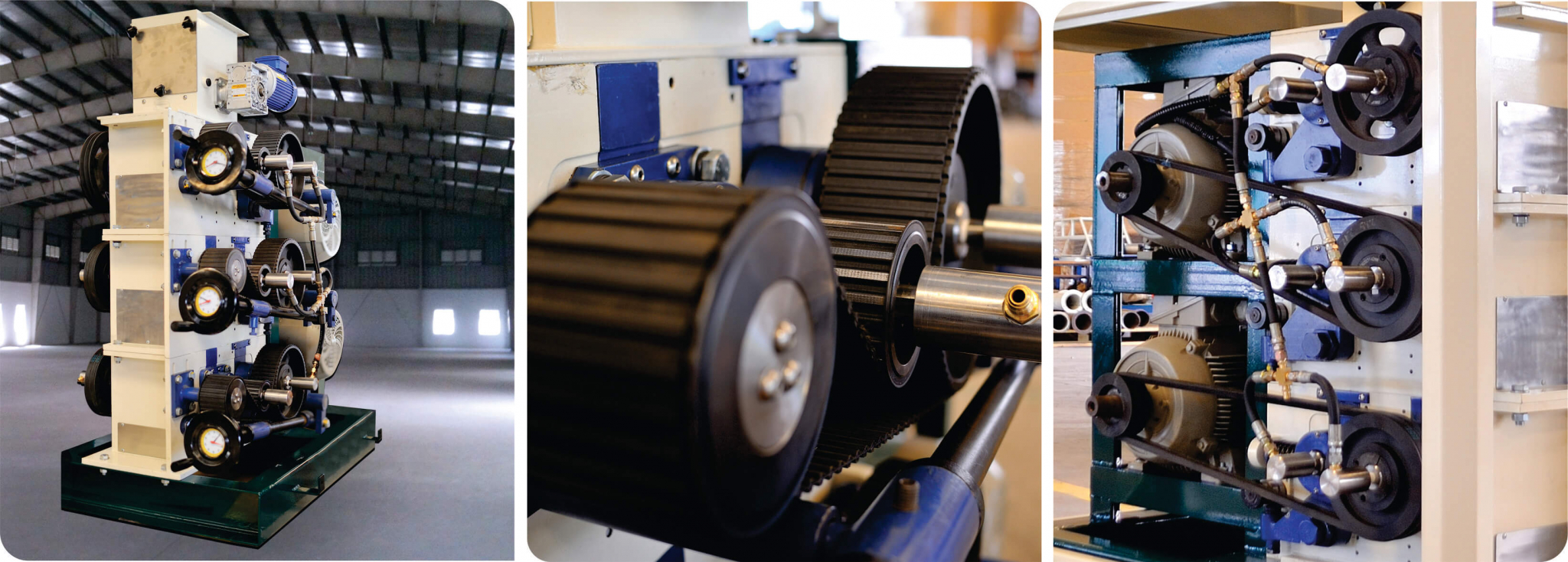Industrial Coffee Grinder: Advantages, Cons, and Attributes to Evaluate
Industrial Coffee Grinder: Advantages, Cons, and Attributes to Evaluate
Blog Article
Leading Attributes to Seek in an Industrial Coffee Mill
When evaluating a commercial coffee mill, it is necessary to identify vital features that affect both efficiency and durability. Uniformity in work size is important for optimum extraction, while flexible grinding rate allows for a balance in between efficiency and high quality.
Work Size Uniformity
While numerous factors can influence the high quality of brewed coffee, grind size consistency continues to be critical in attaining ideal extraction. The harmony of coffee grounds directly affects the brewing process, as unequal fragment dimensions can lead to over-extraction or under-extraction. This disparity causes unbalanced tastes, where particular notes might be overpowering while others are muted.
Industrial coffee grinders are designed to offer a high level of precision, usually using burr grinding systems to make sure a consistent work dimension. Unlike blade mills, which can produce a mix of fine and rugged bits, burr mills squash the beans between two surfaces, enabling for much better control over grind size. This consistency is essential across different brewing methods, whether espresso, French press, or pour-over, as each technique needs certain work sizes for ideal flavor extraction.
Moreover, uniformity in work size contributes to the total performance of the developing process. An uniform grind permits even water flow, lowering the risk of directing and enhancing extraction effectiveness. In summary, buying a commercial coffee grinder with a focus on work size consistency is important for achieving high-grade coffee with preferable flavor accounts.
Grinding Speed
Grinding rate plays an essential function in the overall efficiency of industrial coffee mills, directly impacting both the top quality of the work and the efficiency of the procedure. Industrial Coffee Grinder. Greater grinding rates can substantially improve the throughput, making it possible to refine larger amounts of coffee beans in a much shorter period. This is especially vital for businesses that count on high-volume production, such as coffee roasteries and cafes
Nonetheless, while rate is important, it is just as crucial to balance it with the high quality of the grind. Exceedingly high grinding rates can generate warmth, which may adversely influence the taste account of the coffee by causing the beans to shed necessary oils and scents. Therefore, a mill that offers adjustable rate settings can offer optimum adaptability, allowing drivers to customize the grinding process according to details requirements.
Additionally, the grinding speed ought to be constant to make certain harmony in the work dimension, further adding to the overall taste and brewing quality of the coffee. In summary, assessing grinding rate is crucial for selecting an industrial coffee grinder that satisfies both efficiency and high quality needs.
Build Top Quality and Resilience
The performance of a commercial coffee mill is not solely identified by its grinding speed; develop top quality and toughness are equally essential factors that influence lasting performance and reliability. A well-constructed grinder will withstand the roughness of everyday use, making it an audio financial investment for any type of industrial procedure.

Longevity additionally reaches the grinder's motor and inner systems. Industrial coffee mills must be equipped with sturdy motors capable of maintaining prolonged procedure without overheating. Durable burrs are important, as they straight influence the high quality of the work and contribute to the total durability of the equipment.

Simplicity of Use and Upkeep
Regularly prioritizing simplicity of use and upkeep can substantially enhance the functional performance of a commercial coffee grinder. Straightforward functions such as intuitive controls and clear labeling are necessary for reducing downtime and making certain that operators can promptly adapt to the devices. An ergonomic layout, including height-adjustable receptacles and accessible grinding chambers, enables for comfy operation and assists in the loading and unloading of coffee beans.
Additionally, convenience of maintenance is vital for prolonging the life expectancy of the mill. Tools with removable parts and parts designed for quick cleaning can simplify upkeep tasks, minimizing the moment spent on routine upkeep - Industrial her comment is here Coffee Grinder. Try to find mills that incorporate self-cleaning mechanisms or call for minimal disassembly, as these functions can conserve beneficial labor hours
In addition, clear maintenance timetables and documentation are vital. Mills that come with thorough customer manuals describing maintenance procedures can assist operators stick to ideal techniques, guaranteeing constant performance and top quality. By investing in an industrial coffee mill that emphasizes ease of use and upkeep, organizations can enhance efficiency, minimize functional Find Out More expenses, and preserve the high requirements expected in coffee production.


Noise Level Reduction
When choosing an industrial coffee grinder, noise level decrease is a critical factor that can significantly impact the work environment. High noise levels can lead to employee exhaustion, lowered focus, and possible hearing damages with time, making it necessary to choose a mill made with sound-dampening attributes.
Seek mills that integrate sophisticated noise-reduction technologies, such as sound-insulated housings and vibration-dampening places. These functions assist to minimize functional noises, developing a quieter environment helpful to performance. Industrial Coffee Grinder. Furthermore, choosing grinders outfitted with low-noise motors can further boost audio reduction, ensuring an extra pleasurable working setting
Think about the mill's overall layout. The placement of the mill within the workspace must be strategic.
Eventually, investing in a coffee grinder that focuses on noise decrease not just enhances the convenience of staff members but likewise aligns with a dedication to keeping a secure and productive job setting. This focus to detail can lead to enhanced worker contentment and retention.
Final Thought
In recap, picking a commercial coffee grinder necessitates careful consideration of several vital features. Grind size consistency is essential for optimum removal, while flexible grinding rate helps with an equilibrium in between throughput and high quality.
Industrial coffee grinders are developed to offer a high level of accuracy, commonly utilizing burr grinding mechanisms to ensure a consistent grind size. Unlike view blade mills, which can create a mix of penalty and rugged particles, burr mills crush the beans between 2 surface areas, permitting for much better control over work dimension. In summary, spending in an industrial coffee mill with a focus on work dimension consistency is crucial for accomplishing premium coffee with desirable taste profiles.
Grinding rate plays an important function in the total performance of commercial coffee mills, directly influencing both the quality of the work and the effectiveness of the procedure. A grinder that offers flexible speed setups can offer optimal versatility, enabling drivers to tailor the grinding procedure according to particular needs.
Report this page